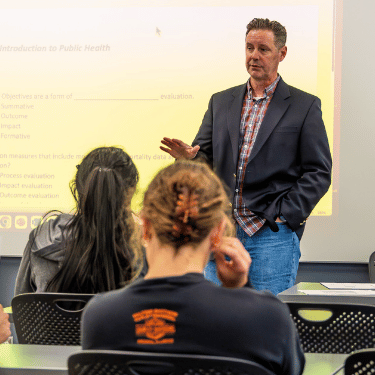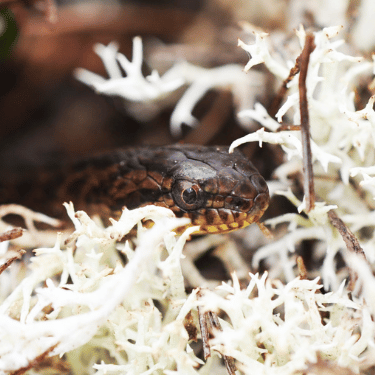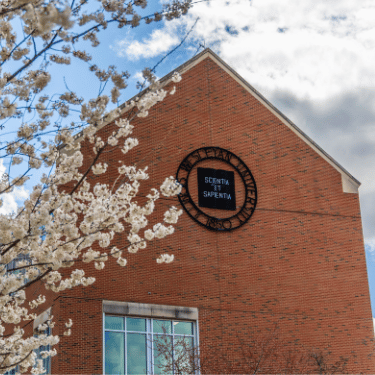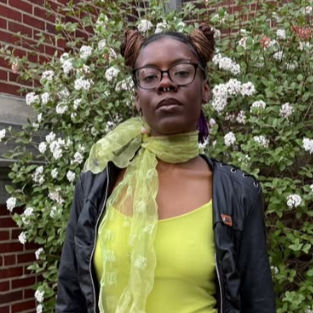Campus Headlines

Two New Majors Among Program Updates for 2025-26
Two new programs and a new concentration will be offered to Illinois Wesleyan University students beginning in the fall of 2025.

Lehr Names Newly Discovered Snake for Conservationist Jane Goodall
More than a decade after discovering a snake on a Peruvian mountain top, Robert W. Harrington Endowed Professor of Biology Edgar Lehr and his team of researchers have identified the reptile as a new species and named it after famous conservationist...

Survey Finds 98% of 2024 Grads Employed or Continuing Education
More than 98% of Titans from the class of 2024 were employed or pursuing advanced degrees within six months of graduating from Illinois Wesleyan University, according to the annual First Destination Survey conducted by IWU’s Hart Career Center.

Community and Competition Lead IWU Esports Teams to Success
Titan players with Illinois Wesleyan’s Esports Program spent the spring semester scoring big at championships, qualifying for nationals and connecting with each other in the game room.

IWU Well-Represented Among Student Researchers at National Science to Policy Event
The largest single cohort of student researchers selected to present at the recent National Science to Policy Network (NSPN) Symposium earlier this month were Illinois Wesleyan Titans.

Illinois Wesleyan Announces Spring 2025 Dean’s List
Illinois Wesleyan University’s Dean’s List for the spring semester of the 2024-25 academic year consisted of 812 students from 29 states and 27 countries.

Four Students Named Summer Eckley Scholars
Four Illinois Wesleyan University students have been granted fellowships as part of the 2025 Eckley Summer Scholars and Artists Endowment.

Chrishana Simon '25 to Serve in Peace Corps
After crossing the Illinois Wesleyan commencement stage to receive a degree in environmental studies this spring, Chrishana Simon '25 is headed to Nepal to serve as a member of the Peace Corps.

John Miles Named Illinois Wesleyan Provost
John Miles, currently provost and vice president of academic affairs at Reinhardt University in Georgia, has been named Illinois Wesleyan's next provost and dean of faculty, effective July 1.

Openings Remain for Community to Enroll in IWU Summer Courses
Alumni and the broader local community are invited to enroll in several Summer Term courses at Illinois Wesleyan during June or July.